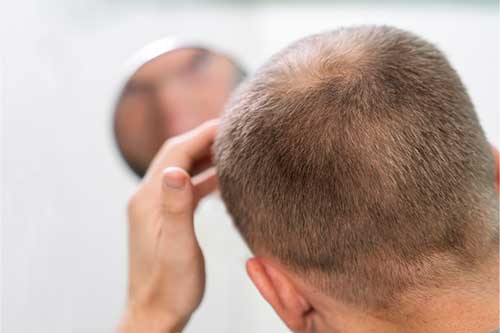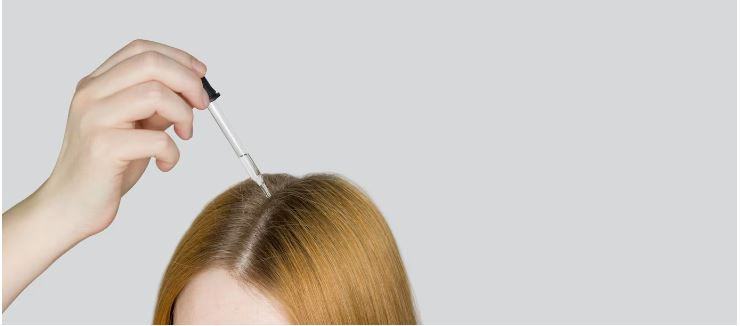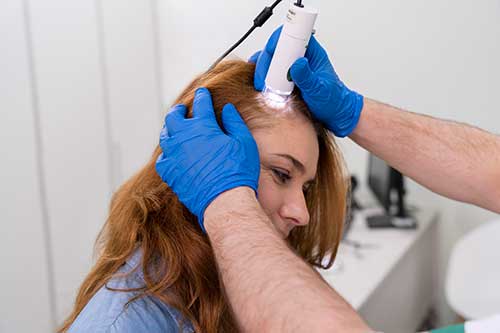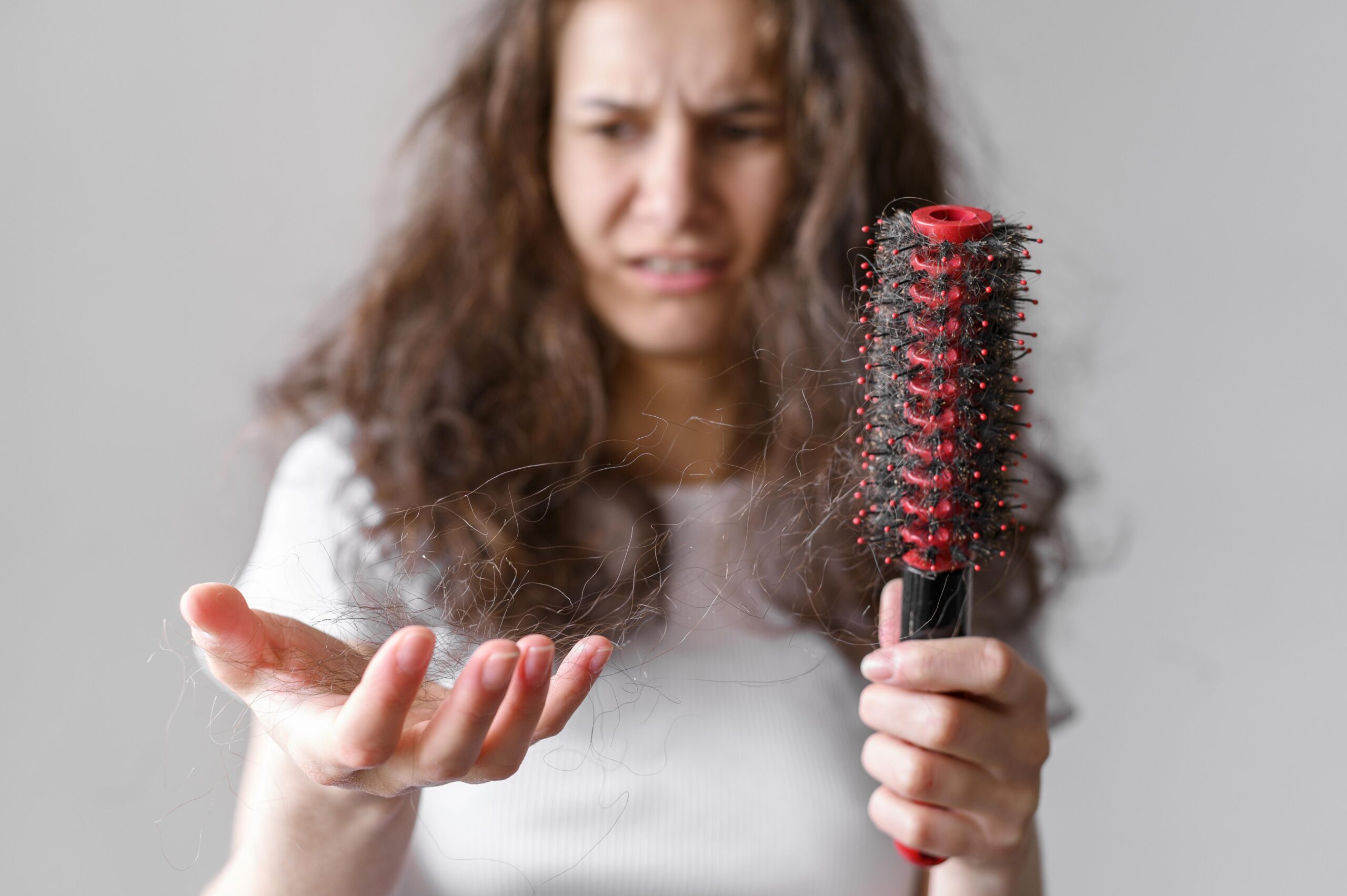
Understand Hair Loss & Regrowth in Men
Hair loss in men a very common sight. Studies have shown that about 85% of men face major hair thinning by the time they’re 50. Some start to lose theirs even before they turn 21! A receding hairline is every man’s biggest problem, quite like hair thinning or hair fall is a nightmare for women.
The question now is – is there something that can be done to regain lost hair?
Yes. Hair that is lost can be regained in cases where a male is suffering from reversible hair loss. And in case of irreversible hair loss, there are hair restoration solutions available, both surgical and otherwise.
Hair loss can be typically categorized as reversible or irreversible. As the name indicates, irreversible hair loss is something which cannot be turned around. The hair follicle is not alive anymore for hair to grow from it. Reversible hair loss is a temporary hair loss, which with timely effort and professional intervention, can be addressed and hair re-grown, thanks to the remarkable advancements in the field of Trichology.
Let us help you understand this better.
Hair Loss in Men
The most predominant cause for hair loss in men is a genetic trait. This is followed by erratic lifestyle, physical & mental stress, unhealthy eating habits, harsh chemical treatments, heavy medications and improper hair care. Smoking, unchecked alcohol consumption and irregular sleep habits further aggravate the causes. Acute illnesses also lead to hair loss and kickstart the thinning process in some who are not otherwise predisposed genetically to baldness.
Male Pattern Thinning (MPT) or Androgenetic Alopecia is the most common form of hair loss in men. It relates to the genetic structure and hormonal activity in the body.
MPT is characterized by a receding hairline or hair loss on the top of the head. Male pattern hair loss affects approximately 50% of men at some point in their lives.
During puberty, the male hormone, termed Testosterone, is excreted in the body. It is this hormone that is responsible for the development of typical characteristics of a male, for instance, growth of facial hair. 98% of this hormone is bound to the protein, which is termed as Sex Hormone Binding Globulin (SHBG) and the albumin, but 2% of it is freely flowing in the blood circulatory system. It is this testosterone that gets converted into DHT – Dihydrotestosterone, with the help of the enzyme called 5-alpha reductase.
Unfortunately, all the factors that lead to the increased conversion of testosterone into DHT, directly aggravate the male pattern thinning problem.
The DHT in the body has the capacity to bind to receptors that are present on the scalp, precisely in the fronto-vertex region, due to which the hair starts getting thinner & shorter, and on reaching a certain point, the hair follicle dies. Regrowth is then not possible.
It is hence that male pattern baldness begins with a loss of hair from the front or crown area and follows a typical pattern. With each new hair cycle, the affected hairs do not grow as long, and they become finer in diameter; hence the distance between the hair increases and the width of the hair reduces, and the length of the hair shortens visually giving the effect of thinning of hair or baldness.
Treatments & solutions to combat hair loss in men
MPT, as you can understand from above is progressive and irreversible. The treatment for this has traditionally been based on the principle of postponing and delaying the progression.
Two lines of treatments are normally observed
a) Pharmaceutical DHT blockers, OR
b) The use of natural DHT blockers.
Patients using pharmaceutical DHT blockers may exhibit signs of sexual dysfunction. Hence, more and more Trichologists are encouraging the use of natural DHT blocker treatment.
Trichologist world over has seen dramatic results with the use of green tea and saw palmetto for baldness. The medicine Serenoa Complex comprises of saw palmetto which reduces the production of DHT from Testosterone, thereby helping to slow down the process of balding.
Click to book an appointment to visit in clinic to meet Nisha Shah!
or Click to book an online video appointment
Connect with us on social media on the links below.











